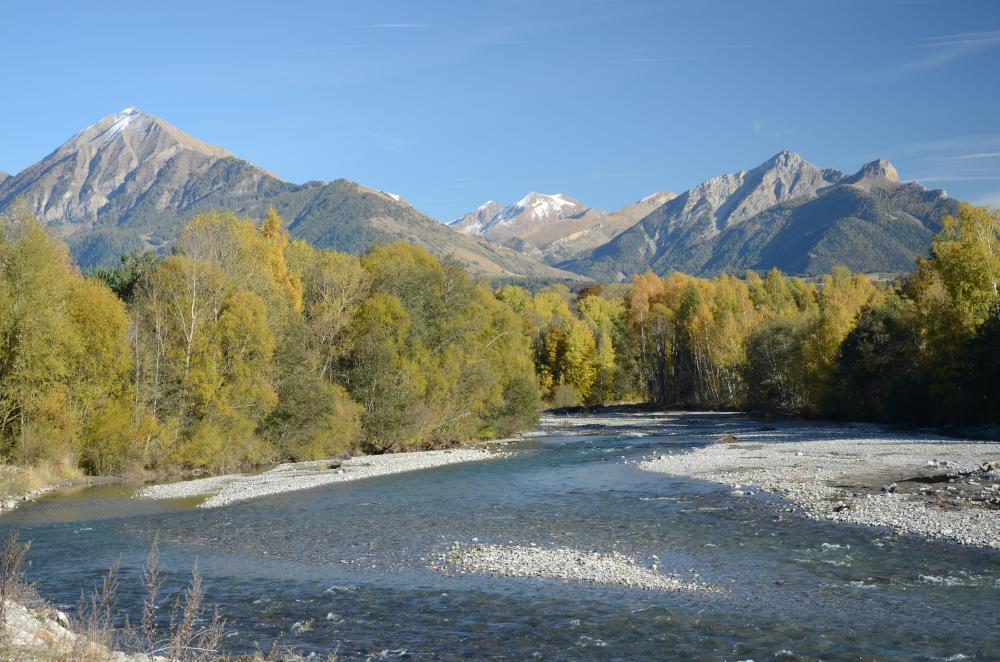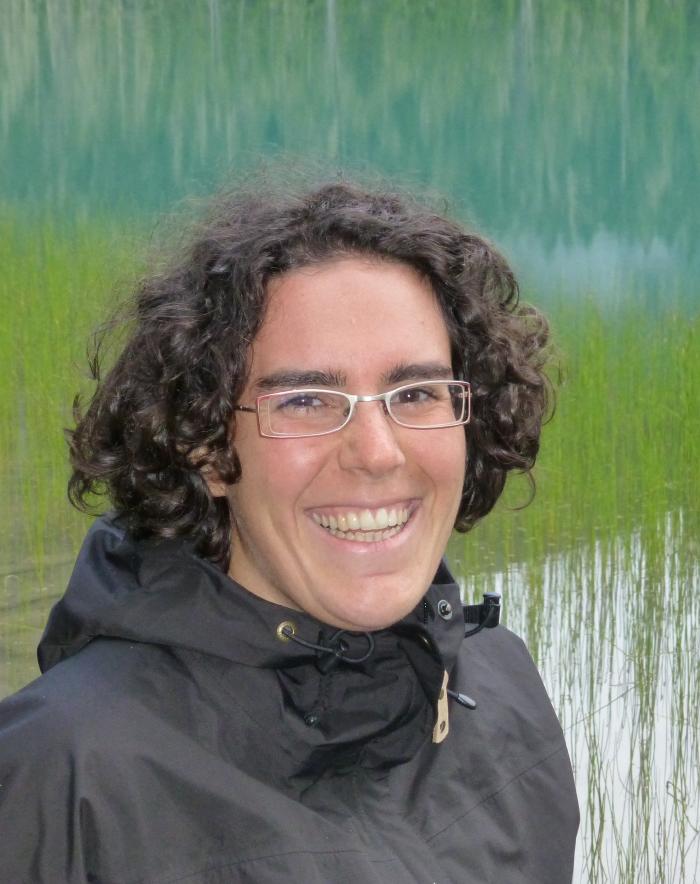Academy of Excellence "Space, Environment, Risk and Resilience"
Definition of a Set of Ecological Indicators to Assess the Health of Restored Mediterranean Braided Rivers

Academy 3 highlight
MedRiver addresses two questions of interest to Academy 3: How do the combined effects of climate change and anthropogenic activities impact the behavior, evolution and resource capacity of rivers? How can we restore those rivers that are out of equilibrium? To tackle these questions, the project gathers experts in environmental (geography, hydrology and ecology), legislative and regulatory sciences.
The project
The European Water Framework Directive (WFD) of the European Union aims at improving the quality of European water bodies and resources by 2027. Concerning rivers, a first step is to make a diagnosis of the ecological and chemical “health status” of the rivers, which is then used as a base to restore, if necessary, the degraded water bodies.
However, establishing rigorous criteria to estimate whether a river is in “good health” is challenging. It is especially difficult in the case of braided rivers, which are common in South-East France. Braided rivers are characterized by strong hydrodynamics that induce rapid space-time changes in their morphological pattern and biological content. On the one hand, their rapid changes make them difficult to monitor, while, on the other hand, they generally quickly recover from a disturbance, which may hide their actual “health level”. Therefore, robust diagnosis tools are needed to properly assess the actual ecological status of braided metastable river systems. The MedRiver project aims at developing such tools, specifically targeting braided rivers in a Mediterranean context. Some of these tools already exist, but most are mono-discipline, addressing either the biological, the ecological, or the geomorphological context of the river. We have thus developed an original set of multi-parameter “good status” indicators for braided rivers. One of those new indicators links geomorphic and vegetation pattern evolution. We have started to use it to examine, in historical and remote sensing data, the temporal and spatial evolution of four braided river systems in Southern France (Var, Durance, Bléone, and Drac) and one in Italy (Mareta, Bolzano region) following their restoration which was conducted from 2008 to 2019. The analysis of the data is in progress. Meanwhile, we have also shown that some of the existing indicators (such as BRI* and W*) originally developed on pristine rivers, also apply successfully to channelized braided rivers; they well document their evolution subsequent to their restoration. Finally, we have developed another set of indicators that combine geomorphic and ecological parameters (such as aquatic macro invertebrate and terrestrial invertebrate content). Those should allow us to examine the spatial and temporal variability of braided river habitats.
We are still in the process of collecting data to quantify the new indicators and analyze the information they carry on the health level of the rivers under study. The new diagnosis tools will ultimately be provided to the river managers to help them plan and prioritize the restoration operations in the Mediterranean braided rivers.
The +
The MedRiver project addresses critical environmental and resource issues and meets operational needs, at the local, national and European level. It is strongly anchored in the PACA territory and has links with Italy. The transdisciplinary approach enables the development of innovative environmental indicators and opens the way towards more realistic systemic modeling of complex hydrosystems to better assess their health, to protect them, and to restore them.
What’s next?
France has a leadership role in the long-term management and restoration of braided rivers in Europe. Our project will contribute to this on-going leadership position. The European interest in braided river preservation and restoration should positively impact an expanded version of our proposal, which will be submitted to the European funding agencies. In addition, it is expected that the project will strengthen partnerships with regional authorities involved in water management.
Project information
|
Scientific domain
Environmental sciences
Water sciences
|
Key words
Braided rivers
River restoration
EU Water Framework Directive
Ecological functionality
Ecohydrology
|
|
Total budget
109.85 k€, including 13.85 k€ from Académie 3
Other sources of co-funding:
Agence de l’Eau Rhône Méditerranée Corse (46 k€), Région PACA (46 k€), ESPACE (2 k€), Zone Atelier Bassin du Rhône (2 k€) |
Students inolved
DEVREUX Lise (PhD student)
|
| Partner laboratories
INRA
GREDEG
|
Project members
CHAPUIS Margot,
STEICHEN Pascale,
DOUSSAN Isabelle,
TRICOT Anne
|
Project valorization
Publication :
- Devreux L., Chapuis M., Belletti B., Fox, D., 2020. Étude morphodynamique suite à des opérations de restauration sur des rivières en tresses. Journées des Jeunes Géomorphologues, Paris, 6-7 février 2020. https://hal.archives-ouvertes.fr/hal-02532988
- Devreux L., Chapuis M., Belletti B., 2021, EVOLUTION DU TRESSAGE SUITE A DES OPERATIONS DE RESTAURATION SUR DES RIVIERES EN TRESSES, Transport Sédimentaire : rivières & barrages réservoirs, Saclay, Mars 2021. https://hal.archives-ouvertes.fr/hal-02967555
Conferences:
- Journée des Jeunes Géomorphologues, 6-7/02/2020, Étude morphodynamique suite à des opérations de restauration sur des rivières en tresses.
TSMR, Mars 2021, EVOLUTION DU TRESSAGE SUITE A DES OPERATIONS DE RESTAURATION SUR DES RIVIERES EN TRESSE



















